We may earn money or products from the companies mentioned in this post. This means if you click on the link and purchase the item, I will receive a small commission at no extra cost to you ... you're just helping re-supply our family's travel fund.
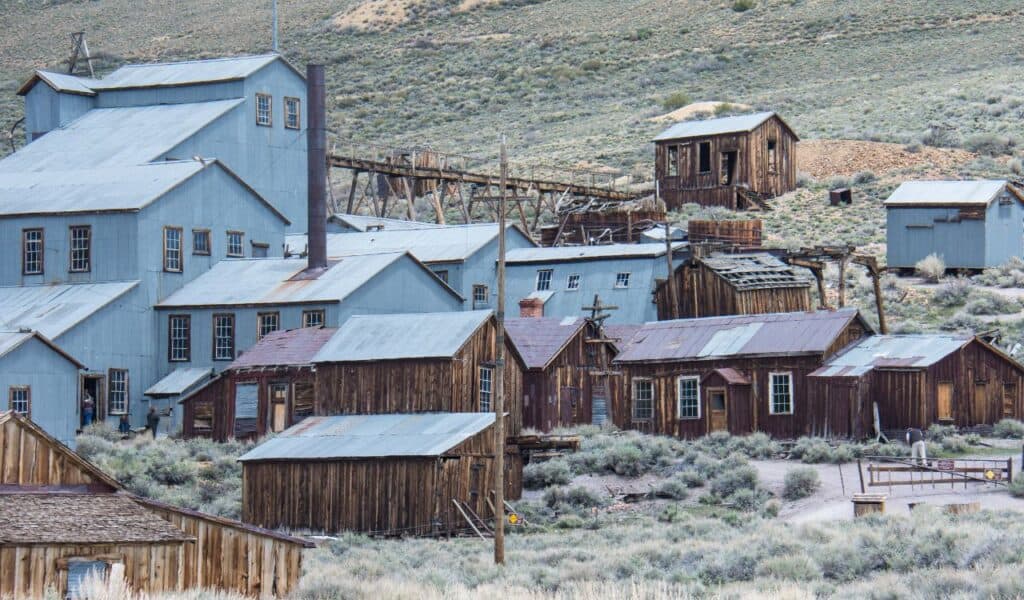
Some gold rush towns are museum sets; these nine are the real deal, best explored slowly on foot where creaking boardwalks, open doorways, and mine relics still tell their own stories. From California’s high desert relics to Alaska’s glacier ringed mill, you’ll find places preserved in “arrested decay,” state park ghost towns with open rooms, and guided interiors that make history tactile. Lace up and wander through streets where a glittering rumor once redrew maps.
Bodie, California
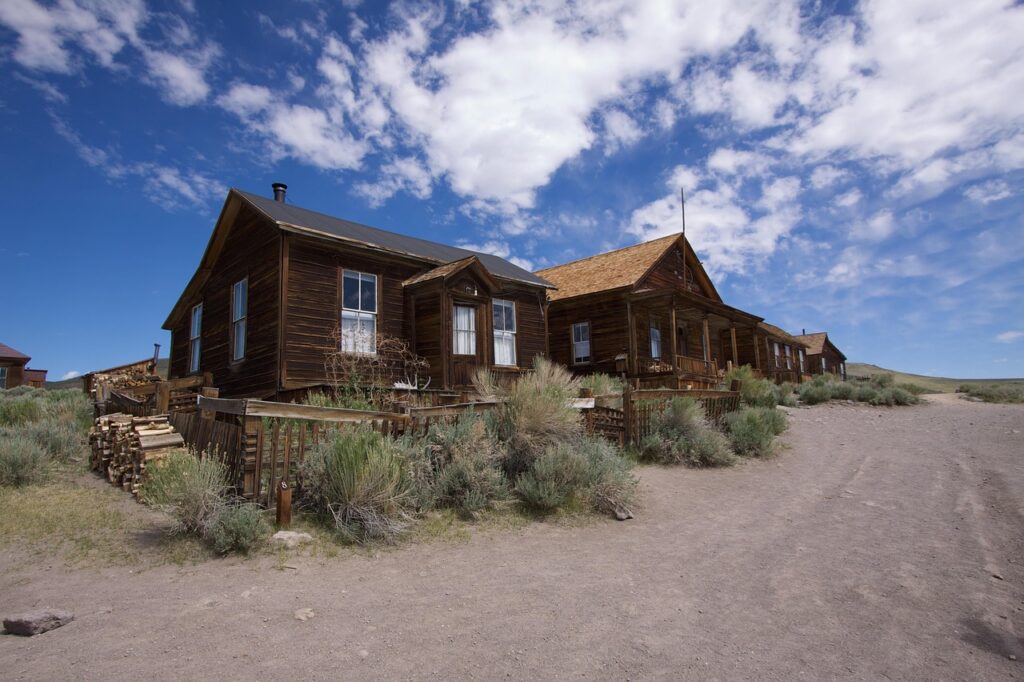
Preserved in “arrested decay,” Bodie lets visitors wander dusty streets past saloons, a schoolhouse, and homes still set with dishes and furniture visible through glass. Once notorious for “Badman from Bodie” lore and more saloons than churches, it peaked around 10,000 people before emptying when ore waned. Today, the stark high desert setting and intact artifacts create a haunting time capsule you experience on foot, especially ethereal at sunrise and late light.
Bannack, Montana
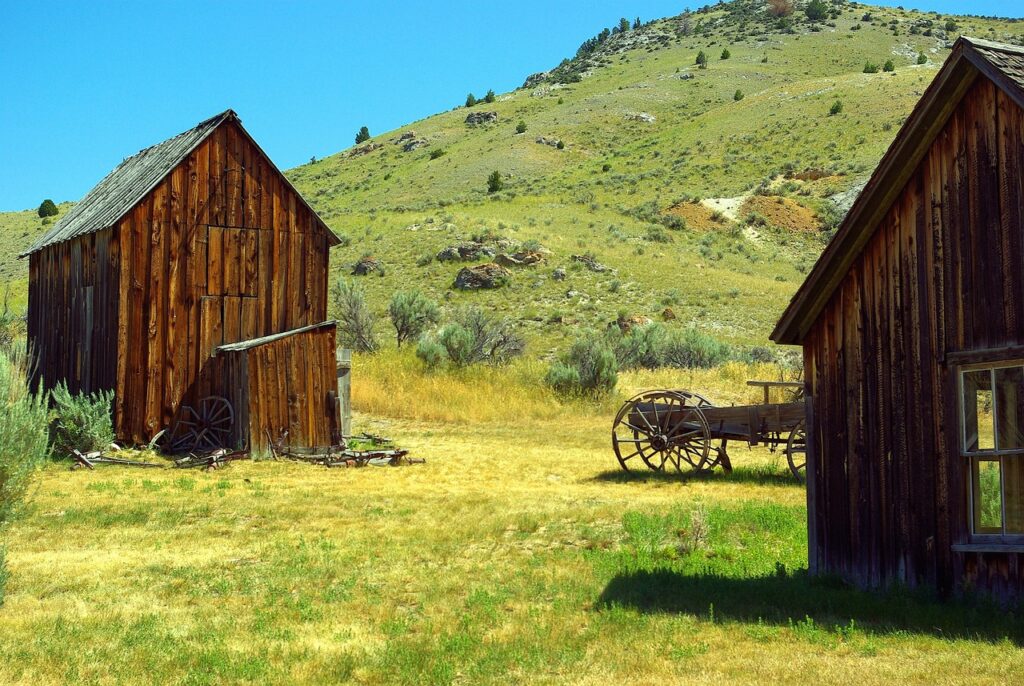
Now a state park, Bannack lines a dusty main street with dozens of preserved buildings, many open to careful exploration. Founded in 1862 after the Grasshopper Creek strike, it briefly served as Montana Territory’s first capital and saw vigilante justice stories that still intrigue. Walking room to room, hotel, school, jail, lets visitors feel the texture of frontier life in situ, a rare authenticity that rewards patient footsteps and rewards low crowd shoulder seasons.
St. Elmo, Colorado
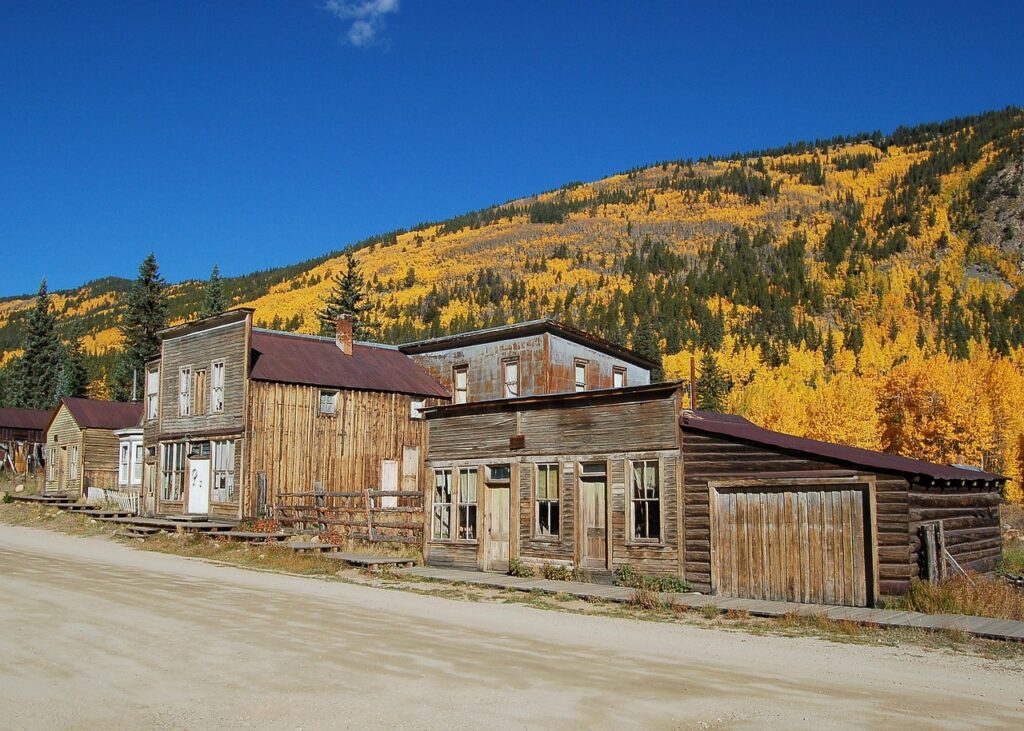
High in the Sawatch Range, St. Elmo’s wooden storefronts and boardwalk main street deliver classic ghost town atmosphere in a compact, highly walkable grid. Booming in the 1880s on silver and gold, it emptied with rail decline and mine closures, leaving photogenic false fronts against alpine peaks. Summer reveals some open interiors and simple interpretive notes; come early or late in the day for crisp mountain light and quieter, cinematic strolls.
Rhyolite, Nevada
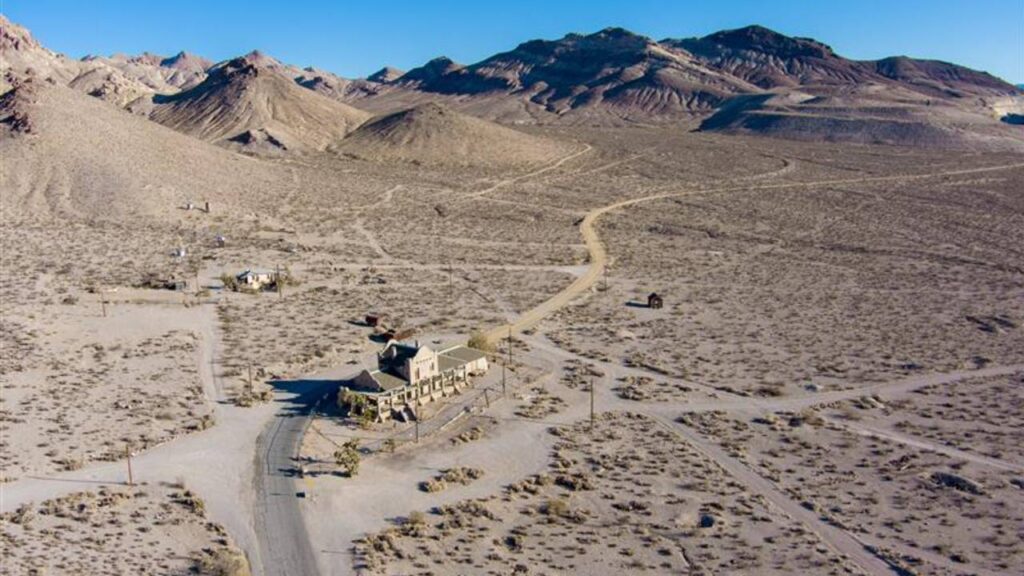
Near Death Valley, Rhyolite’s skeletal ruins, bank walls, bottle house, depot, rise from open desert, making an easy, evocative walk amid wide horizons. Born in the 1900s boom and gone within a decade, it’s a perfect “forgotten” stop for golden hour color and stark silhouettes. The layout is simple to explore on foot, with roadside access and room to roam; bring water and linger for changing light that turns ruins into sculpture.
Kennecott, Alaska
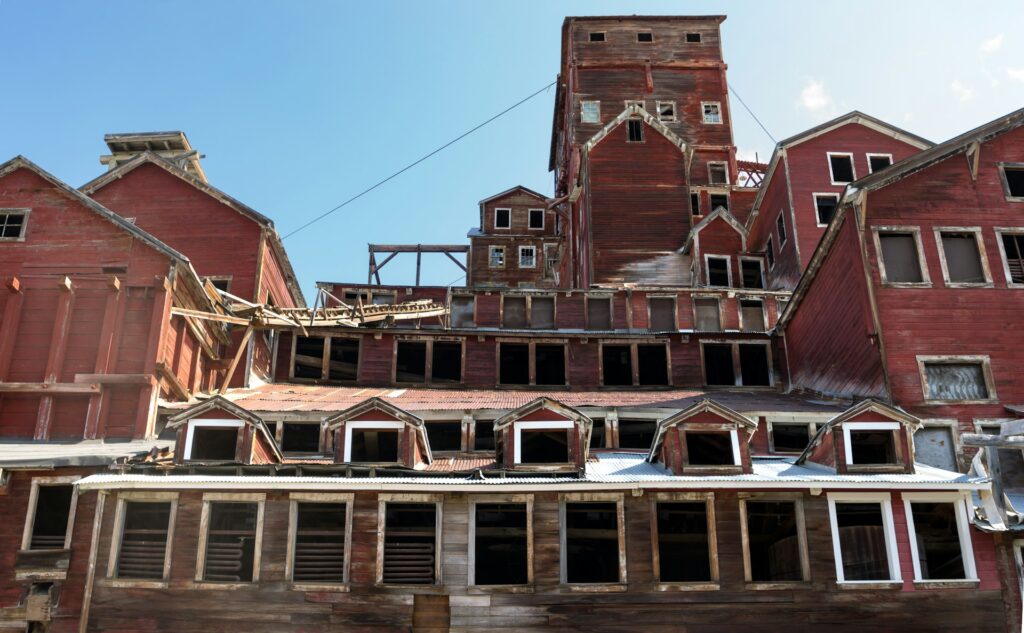
In Wrangell St. Elias, Kennecott’s towering 14 story mill and red company buildings rise above glacier cut valleys, with a historic core designed for walking and guided entry to select interiors. Though a copper boomtown, it fits the gold rush ethos of northern extraction and frontier logistics. Boardwalks, rails, and tram remnants trace industry into wilderness, delivering a breathtaking blend of industrial archaeology and wild Alaska on foot; late summer offers best access.
Columbia, California
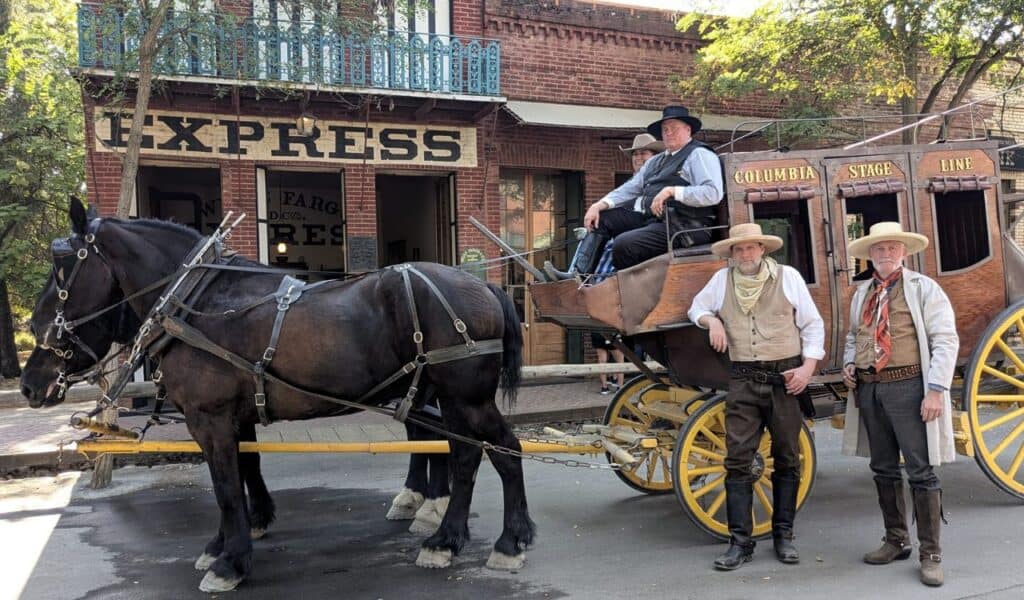
Columbia is a walkable state historic park where brick storefronts, wooden boardwalks, and period businesses revive the 1850s boomtown that once ranked among California’s largest cities. Costumed interpreters, stagecoach rides, and gold panning make history tactile in a compact district. The density of original buildings turns a casual stroll into full immersion, every corner feels like a film set, except it’s the real fabric of the Gold Rush, easy to experience in one visit.
Coloma, California
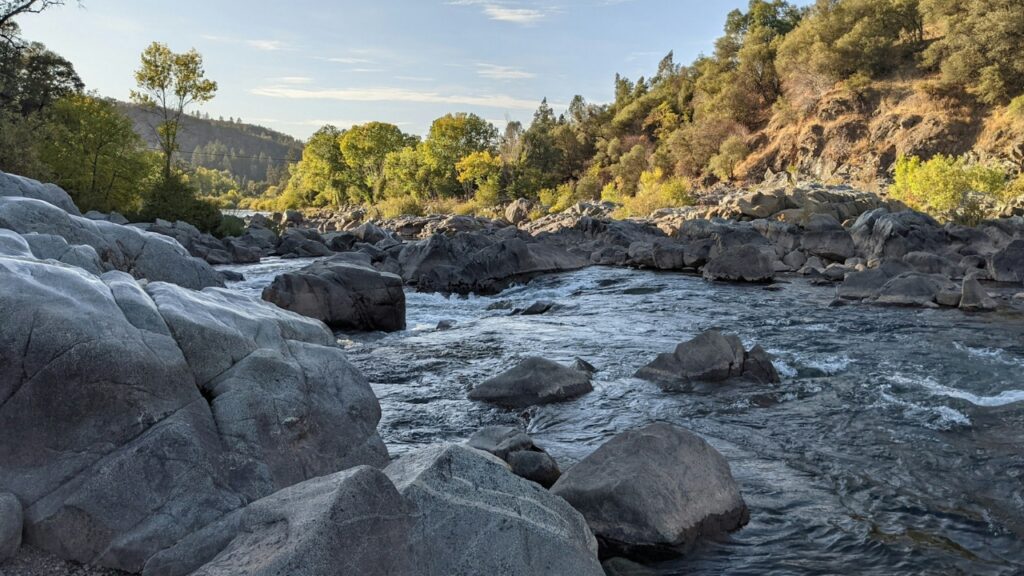
At Marshall Gold Discovery State Historic Park, a new Sutter’s Mill exhibit near the original discovery site anchors riverside trails that connect landscape to legend. Interpretive signs, a museum, monuments, and scenic viewpoints sit within easy walking distance, making the origin story unusually accessible on foot. It’s the place to trace how James Marshall’s 1848 find sparked global migration and reshaped California’s future in a few decisive steps.
Nevada City, California
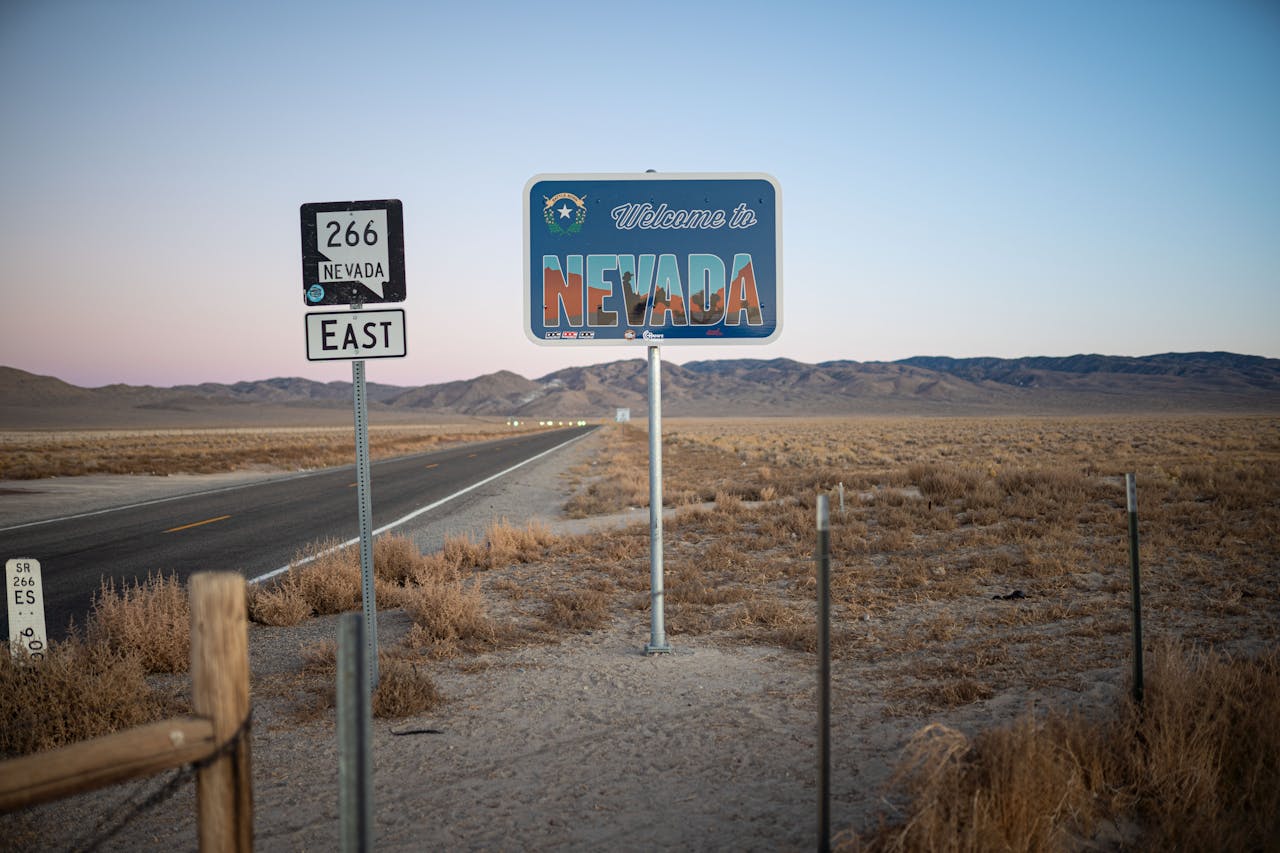
Nevada City’s preserved Victorian core is best met at street level: ornate facades, narrow lanes, and a lively arts scene animate a town that prospered on placer and hard rock gold. Stroll from cafes to galleries beneath historic cornices, then detour to trails that thread old diggings and flumes. Its blend of intact architecture and modern culture makes walking feel like time travel with good coffee, a rare double for history buffs and weekend wanderers.
Grass Valley, California
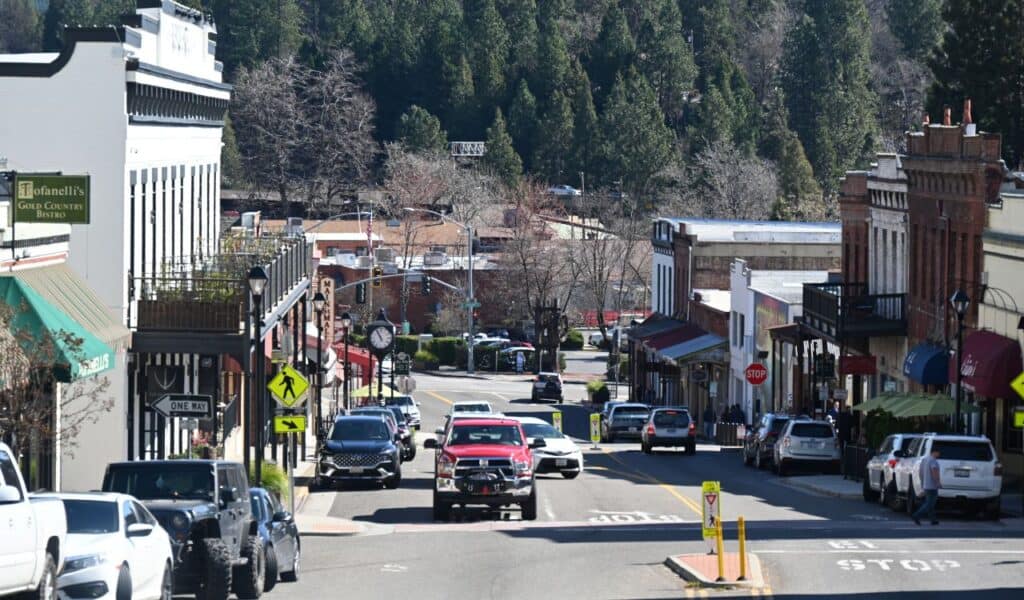
Empire Mine State Historic Park anchors Grass Valley’s walkable heritage: original mine buildings, manicured gardens, and shafts that powered one of California’s longest running hard rock operations. Steps away, the historic downtown’s sidewalks knit 19th century brick to contemporary eateries and inns. The town’s Cornish legacy, pasties included, adds cultural texture, making a street level wander both delicious and deeply historical; plan time to pair park trails with town.